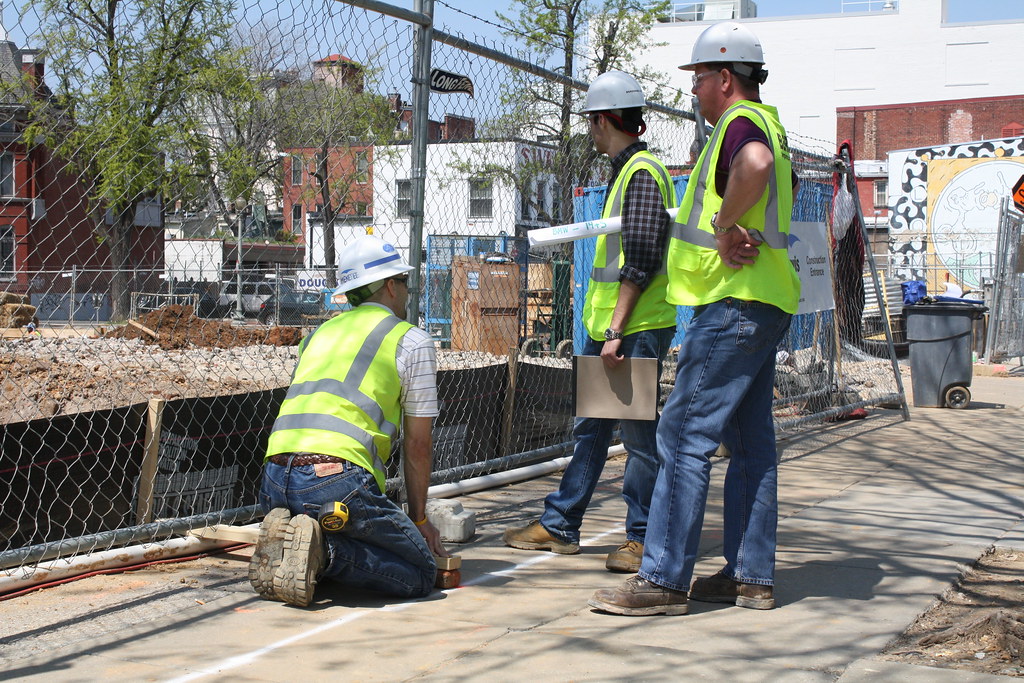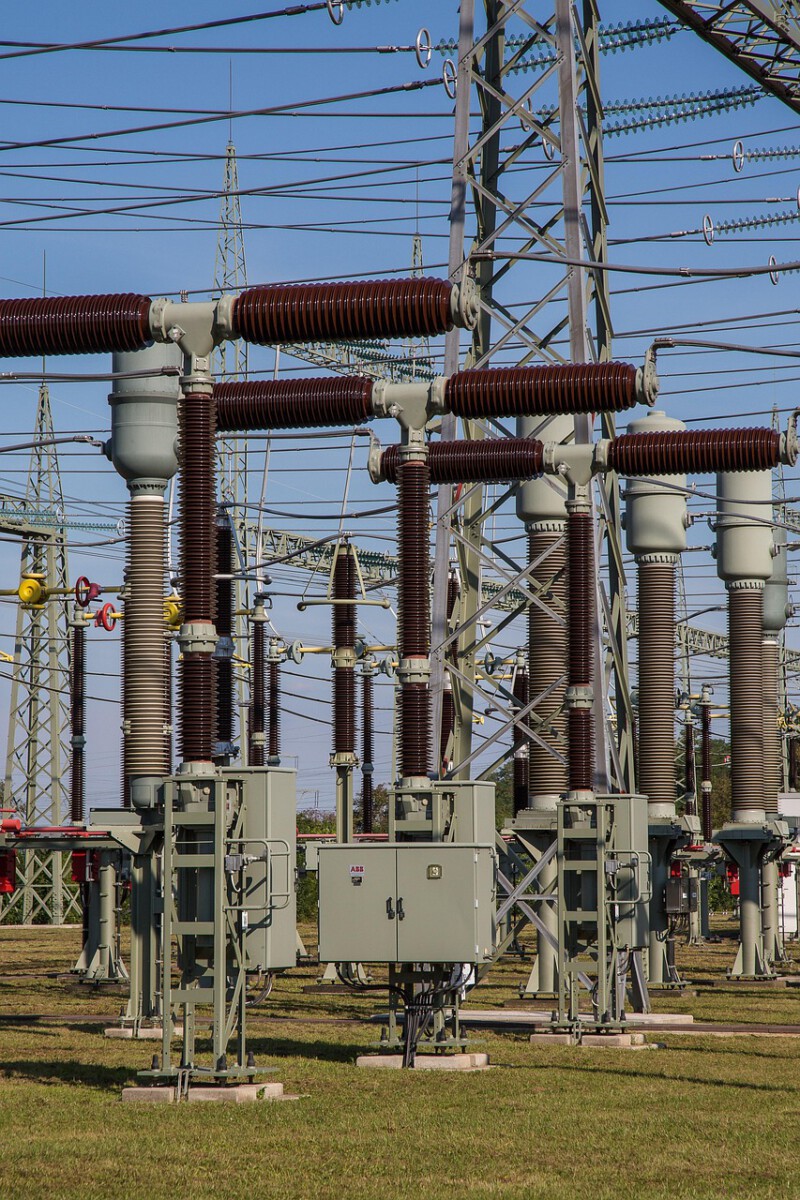Economic Slowdown Creates New Challenges
Economic experts have modestly raised real GDP growth forecasts for both 2025 and 2026 to 1.3%, though growth is expected to approach stall speed by Q4 2025, with year-over-year real GDP growth at just 0.6%. The Federal Reserve predicts that real GDP growth will slow to 1.8% over the next three years, significantly lower than the 2.5% growth in 2019 and the 2.9% average growth in 2023 and 2024. This economic deceleration isn’t just numbers on a spreadsheet – it’s going to impact real families and communities across the nation. Consumer spending growth is expected to downshift in coming quarters, with real consumer spending growth of 2.2% in 2025 and 1.1% in 2026, following a 2.8% advance in 2024. What’s particularly concerning is that this slowdown comes at a time when America needs robust economic growth to tackle its mounting challenges.
Inflation Pressures Return to Haunt Households

After falling through the summer and into the early fall of 2024, year-on-year consumer price index inflation for all items has started to rise again, returning to 3% in January. Think about what this means for your grocery bill – prices increased for a wide range of products and services, with egg prices seeing a shocking 15% increase, the largest rise recorded in almost 10 years. Even more worryingly from the Fed’s perspective, consumers’ expectations of future inflation are starting to rise, with the Conference Board’s February survey showing forward inflation expectations shot up from 5.2% to 6%. The Federal Reserve estimates that it will take until 2027 for core inflation to reach its 2% target. This means American families will continue facing higher costs for essentials while their paychecks struggle to keep up.
Labor Market Faces Historic Demographic Shift

According to the U.S. Census Bureau, roughly 12,000 baby boomers per day are reaching the key retirement age of 65. This isn’t just a statistic – it’s reshaping America’s entire workforce landscape. Most of the downshift in job gains came from fewer job openings and firms not replacing some retiring workers, rather than through layoffs, and this trend is expected to further intensify in 2025 as more baby boomers leave the workforce. As a result of fewer job openings and a likely flat-to-declining workforce, job growth is expected to average 144,000 per month in 2025, down from an estimated 180,000 in 2024. The Federal Reserve predicts that US national unemployment will climb to 4.4%, up from 4.0% in 2024. America’s facing a worker shortage that could fundamentally alter how businesses operate and how the economy grows.
Population Aging Accelerates at Unprecedented Pace

The number of Americans ages 65 and older is projected to increase from 58 million in 2022 to 82 million by 2050 (a 47% increase), and the 65-and-older age group’s share of the total population is projected to rise from 17% to 23%. By 2040, about one in five Americans will be age 65 or older, up from about one in eight in 2000. Here’s what makes this transformation so dramatic: the number of Americans ages 100 and older is projected to more than quadruple over the next three decades, from an estimated 101,000 in 2024 to about 422,000 in 2054, with centenarians expected to reach 0.1% of the population in 2054. The latest Social Security Administration projections indicate that there will be 2.1 workers per Social Security beneficiary in 2040, down from 3.7 in 1970. This demographic tsunami will strain every system America relies on, from healthcare to social security to the basic economy.
Technology Transformation Reshapes Everything

Tech Trends 2025 reveals the extent to which AI is being woven into the fabric of our lives, and we’ll eventually think of AI in the same way that we think of HTTP or electricity. AI and big data top the list of fastest-growing skills, followed closely by networks and cybersecurity as well as technology literacy. But here’s the reality check: workers can expect that two-fifths (39%) of their existing skill sets will be transformed or become outdated over the 2025-2030 period, though this measure of “skill instability” has slowed from 44% in 2023. On current trends over the 2025 to 2030 period, job creation and destruction due to structural labor-market transformation will amount to 22% of today’s total jobs, with the creation of new jobs equivalent to 14% of today’s total employment (170 million jobs), but offset by the displacement of 8% (92 million) of current jobs. America’s workforce is about to experience the most dramatic transformation since the Industrial Revolution.
Climate Change Batters Critical Infrastructure

Cities bear the burden of aging and declining infrastructure that needs major financial investments to replace or repair, and not addressing this problem could cost the U.S. GDP up to $3.9 trillion by 2025. Much of the world’s infrastructure was designed for an environment that no longer exists, with historic precipitation levels, temperature profiles, extreme weather events and storm surge levels now exceeded on a regular basis. By some estimates, climate-related damage to paved roads alone could cost up to $20 billion to repair by the end of the century, and upgrades to ensure that these roads can withstand changing conditions could cost an additional $5.8 billion to $10 billion. More than 60,000 miles of U.S. roads and bridges in coastal areas are at risk of flooding and damage from climate-change-related sea level rise. The infrastructure that built America is crumbling under pressure from a climate it wasn’t designed to handle.
Energy Grid Faces Mounting Vulnerabilities

The effects of climate change – such as heat waves, rising sea levels and more severe storms – are already being felt across the United States, with energy infrastructure especially vulnerable to climate-related impacts, which can pose a serious threat to America’s prosperity, national security, energy security and quality of life. Disruptions to oil and gas operations in the Southeast, Southern Great Plains and Alaska are caused by more intense, frequent storms, hurricanes and higher temperatures, while increasing electricity demand due to higher temperatures affects nearly every region, with electric grid impacts across the U.S. caused by sources from heavy rainfall to wildfires. Recent examples show how a growing maintenance backlog and increasing climate change are turning the 2020s and 2030s into a golden age of infrastructure failure, with an intense heat wave pushing California’s power grid to its limits in September 2022. America’s energy independence means nothing if the grid can’t handle the weather extremes we’re now facing regularly.
Water Systems Reach Breaking Point

Over 2 million people in the United States lack access to safe drinking water and basic sanitation, with the greatest predictor of those who lack this access being race: 5.8% of Native American households lack access, while only 0.3% of white households lack access. A recent survey of state and local governments concluded that they will need to spend roughly $625 billion over the next 20 years to maintain and improve the nation’s drinking water infrastructure, with another $448 billion to $944 billion needed through 2050 to adapt drinking water and wastewater systems for the consequences of climate change. Jackson, a majority-Black state capital, has dealt with water system breakdowns for years and has repeatedly requested infrastructure funding from the state to upgrade its struggling water treatment plants, with the consequences of inadequate maintenance compounded by climate change accelerating infrastructure failure. Clean water – something Americans have taken for granted – is becoming a luxury that not everyone can access.
Consumer Behavior Shifts Under Economic Pressure

In the first quarter of 2025, US consumers reported feeling nearly as optimistic as they did at the end of the previous year, with this optimism buoyed by a robust economy with low unemployment, steady job growth, and stable inflation, however spending intentions were down across several discretionary categories. Trade-down behavior remained consistent and pervasive, with three-quarters of consumers saying they traded down in the first quarter of the year, though baby boomers and high-income consumers said they traded down less frequently than they did in the previous quarter. Given high food prices, grocery spending was a particularly ripe category for trading down, with far more low-income households—51 percent compared with 40 percent in the previous quarter—trading down for meat and dairy products as prices soared. Americans are making tough choices about what they can afford, and these spending patterns reveal growing economic stress beneath the surface of reported optimism.
Digital Media Revolution Changes Everything

Hyperscale social video platforms are shaping digital media trends, challenging traditional media and redefining content consumption, while studios and streaming providers compete with tougher competition coming from social video platforms that are hyperscale and hyper-capitalized. This isn’t just about entertainment – it’s fundamentally changing how Americans get information, form opinions, and understand the world around them. The platforms that once seemed like fun distractions are now the primary news sources for millions of Americans, especially younger generations. Traditional media companies are struggling to compete with algorithms that know exactly what content will keep users scrolling. This shift has profound implications for democracy, as the line between entertainment and news continues to blur.
Government Spending Faces Severe Constraints

Bloomberg data suggests that by 2027, government spending will see growth under the 2% mark — compared to the 3.4% growth seen in 2024, with federal debt equaling 98% of US GDP by the end of 2024, and forecasted to reach an all-time high of 107% of GDP by 2029, which will likely constrain future government spending. As populations increase and development expands, local governments have cumulatively had to double their infrastructure spending since the 1950s, while federal sources remained mostly flat. Most local jurisdictions simply can’t afford to absorb the cost of needed infrastructure. America faces a cruel math problem: just when the country needs massive investments in infrastructure, healthcare, and climate adaptation, the government’s ability to spend is becoming severely limited. This funding crunch will force difficult choices about which problems get addressed and which communities get left behind.
Job Market Transformation Accelerates

Frontline job roles are predicted to see the largest growth in absolute terms of volume and include Farmworkers, Delivery Drivers, Construction Workers, Salespersons, and Food Processing Workers, while care economy jobs, such as Nursing Professionals, Social Work and Counselling Professionals and Personal Care Aides are also expected to grow significantly. Clerical and Secretarial Workers – including Cashiers and Ticket Clerks, and Administrative Assistants and Executive Secretaries – are expected to see the largest decline in absolute numbers, with the fastest-declining roles including Postal Service Clerks, Bank Tellers and Data Entry Clerks. Complementing technology-related skills, creative thinking, resilience, flexibility and agility, along with curiosity and lifelong learning, are expected to continue to rise in importance over the 2025-2030 period. The American dream of stable, predictable careers is giving way to a gig economy reality where workers must constantly adapt or risk being left behind.
America stands at a crossroads where every major system faces unprecedented pressure. From crumbling infrastructure to an aging population, from technological disruption to climate chaos, the challenges are interconnected and accelerating. The decisions made in the next few years will determine whether America adapts and thrives or struggles under the weight of compounding crises. What kind of future are we building for the next generation?





